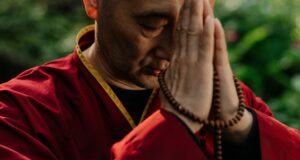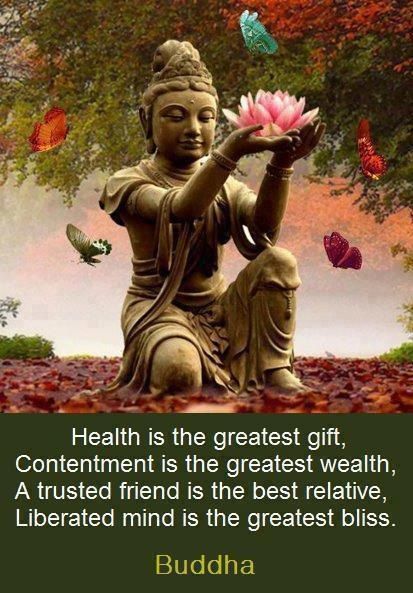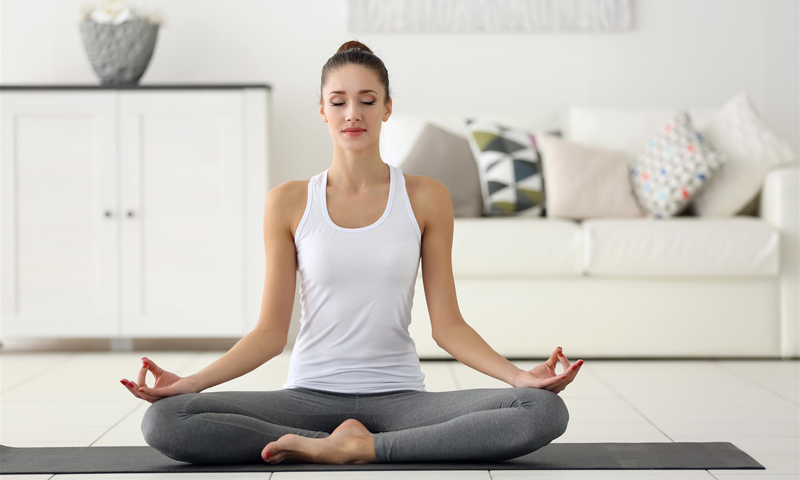
Different yoga traditions and different yoga teachers suggest different meditation positions for a meditation course.
Many people can pay attention even after lying down or standing. If you can pay full attention to your practice then you will consider meditation.
However, Padmasana and Siddhasana are considered the most famous meditation positions. These meditation postures offer a handful of benefits.
In case you regularly meditate, you will get a lot of opportunities to tweak the meditation position. So, if you wish to give the best chance to yourself for mental revitalization as well as stress relief, practice meditation daily.
Exploring as well as experimenting with a meditation position will offer you self-knowledge and will gently remind you how awesome you are.
Meditation chairs and cushions are great for many different styles of meditation. But the most significant tool for meditating is your mind-body complex. Thus, start by knowing what positions will make you feel joyful and at peace in your life.
Meditation Positions:
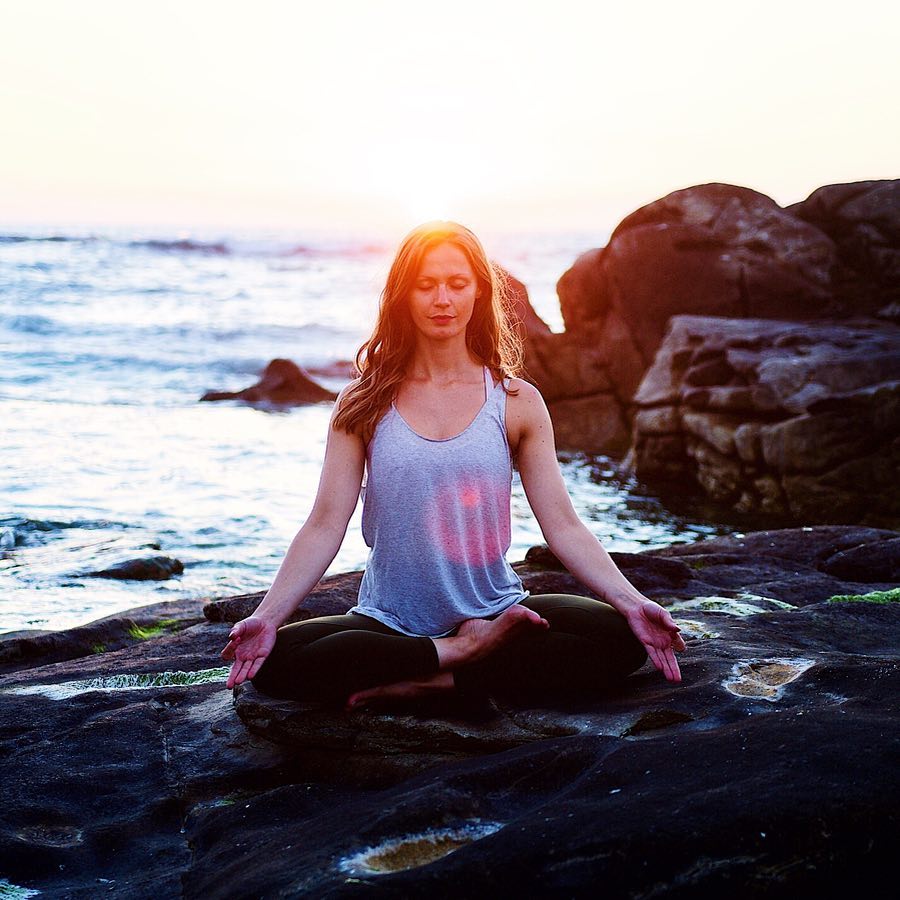
We need to choose an appropriate meditation position for our meditation course. We need this because; if we fail to feel comfortable in our asana then we will never be able to concentrate on our practice.
Concentration is the key to the success of meditation practice. More or less every one of us knows that. So, to practice meditation properly you will have to choose appropriate meditation positions first.
So, let’s now know about meditation positions here:
There are five best meditation positions:
- Padmasana or Lotus Pose
- Ardha Padmasana or Half Lotus Pose
- Siddhasana or Accomplished Pose
- Vajrasana or Thunderbolt Pose
- Sukhasana or Easy Pose
Padmasana or Lotus Pose:
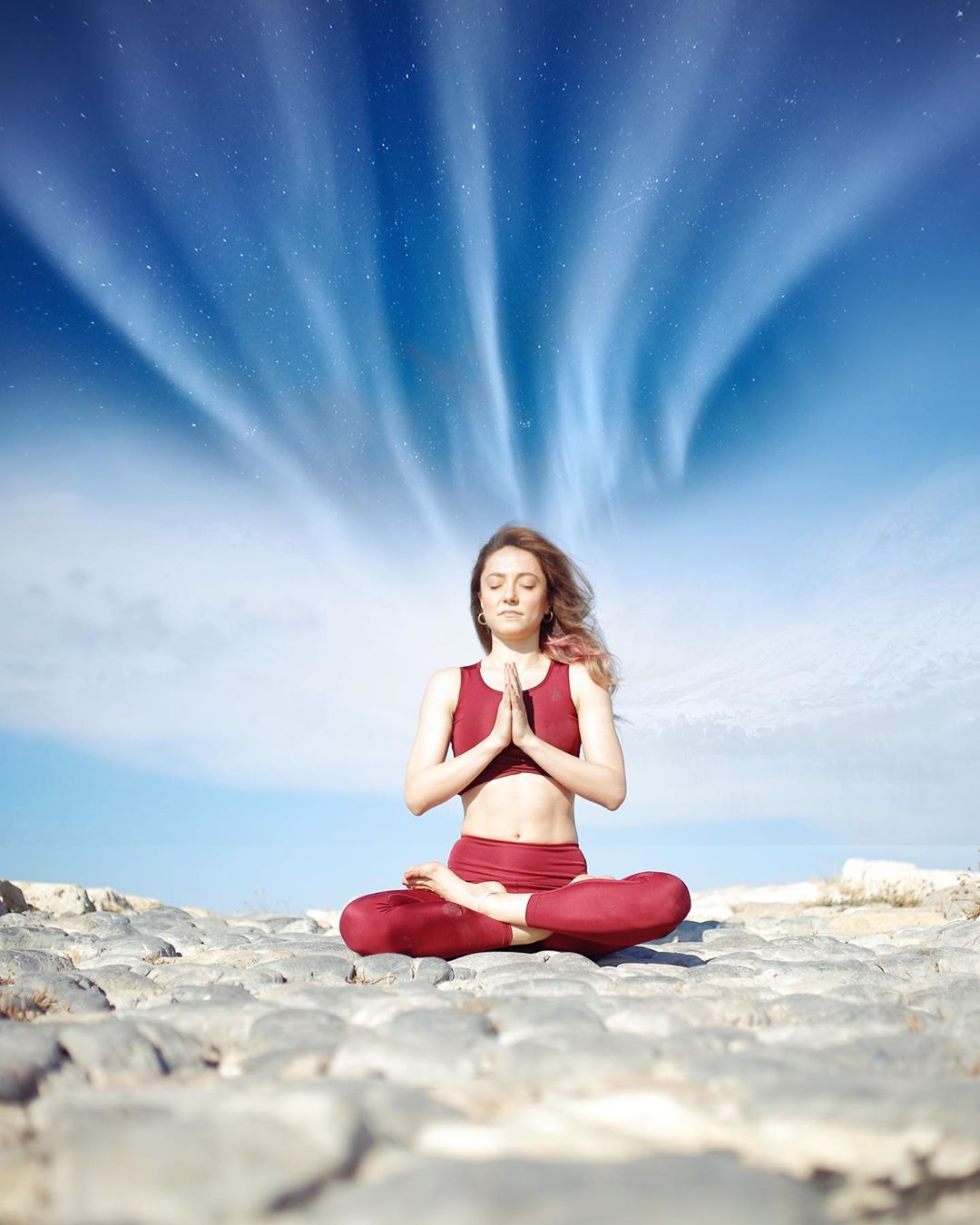
The Padmasana or Lotus Pose is known as the best or royal posture in the meditation practice. The lotus stage activates the cycles and balances them and relaxes their thoughts.
For pranayama and meditation, this is the ideal state of sitting.
How to Practice:
- Straighten the legs straight on the floor
- Bend the right leg and bring the foot closer to the body above the left stomach
- Now fold the left leg and bring the toe of the foot closer to the right side of the right thigh
- The upper part of the body should be completely straight and the knees should sit on the comfort cushion placed at the appropriate height to rest on the floor
Ardha Padmasana or Half Lotus Pose:
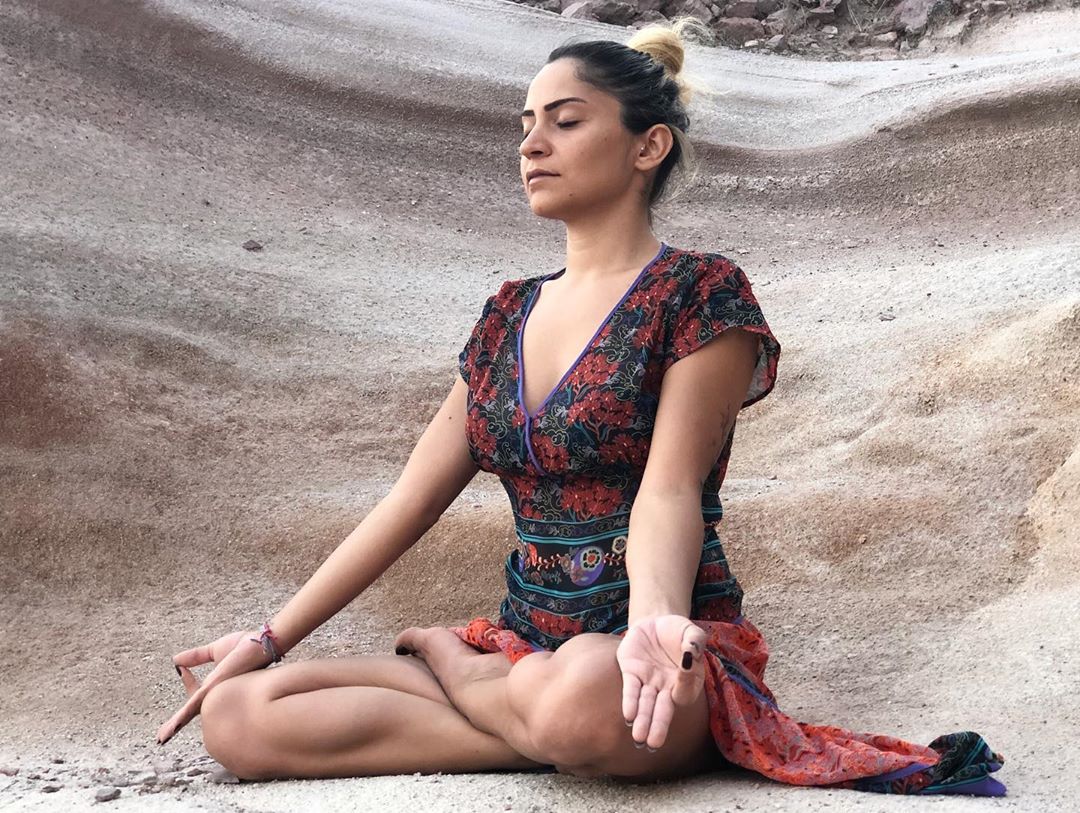
This seat is recommended for those who cannot sit easily in Padmasana. This is also among the common meditation position. So, let’s now check out how you can sit in the Ardha Padmasana.
How to Practice:
- Sit straight and keep your legs straight
- Fold the right leg and place the claws on the floor near the body
- Now move the left foot, put the foot on the very close right of the body
- The upper body part is straightforward
- Both knees will remain on the floor if the body is not stabbed directly or the knees are not placed on the floor, rather place each foot upon your opposite thigh so that your foot rests on your thighs
- Keep your jaw slightly open while you practice the meditation pose
- Enjoy the present moment with your energy-lifting practice
- Then sit on a comfortable mattress at the appropriate height.
- This exercise can be done by turning the left leg first and also by placing the right leg on the left stomach
Siddhasana or Accomplished Pose:
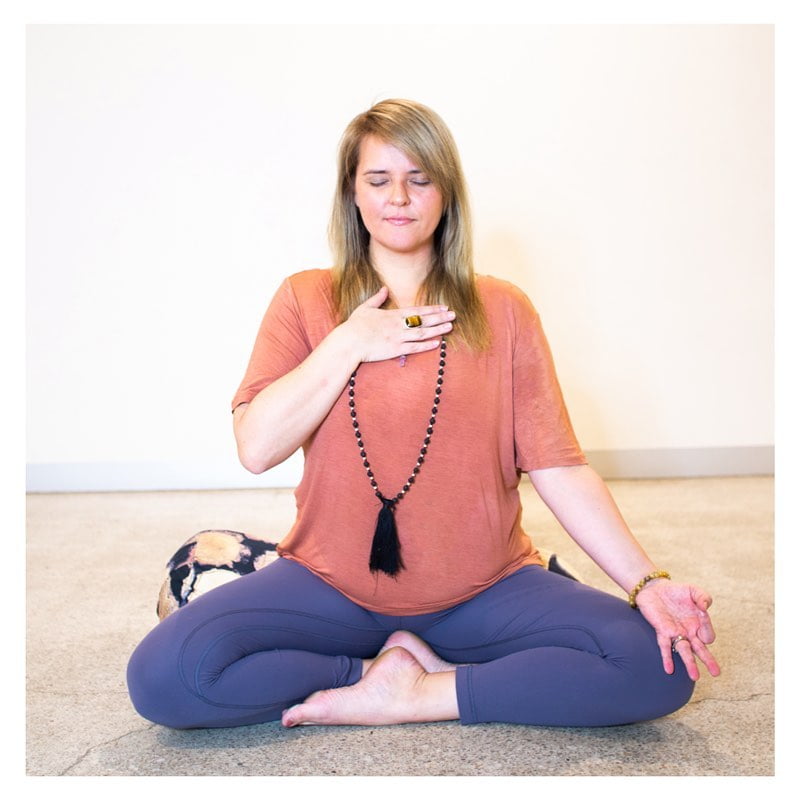
The Siddhasana calms the mind-brain, has a balanced effect on the nerves, and restores the spiritual energy of the chakras, which the more active. Hence this seating position is most appropriate (compatible) for pranayama and meditation.
How to Practice:
- Straighten the legs and sit straight
- Bend the right leg and keep the body close to the floor on the floor
- Now fold the left foot and place the left paw above the right shin. Fold the leg and Eddie will touch the right thigh
- Drag the right toe fingers above the middle of the leg and the shin
- Then drag left foot fingers right
- If it is hard to keep the body straight or not touch the knee floor then sit on a comfortable mattress at an appropriate height.
- This exercise is possible by turning the left foot first and bringing the right paw near the left side of the shin.
Vajrasana or Thunderbolt Pose:
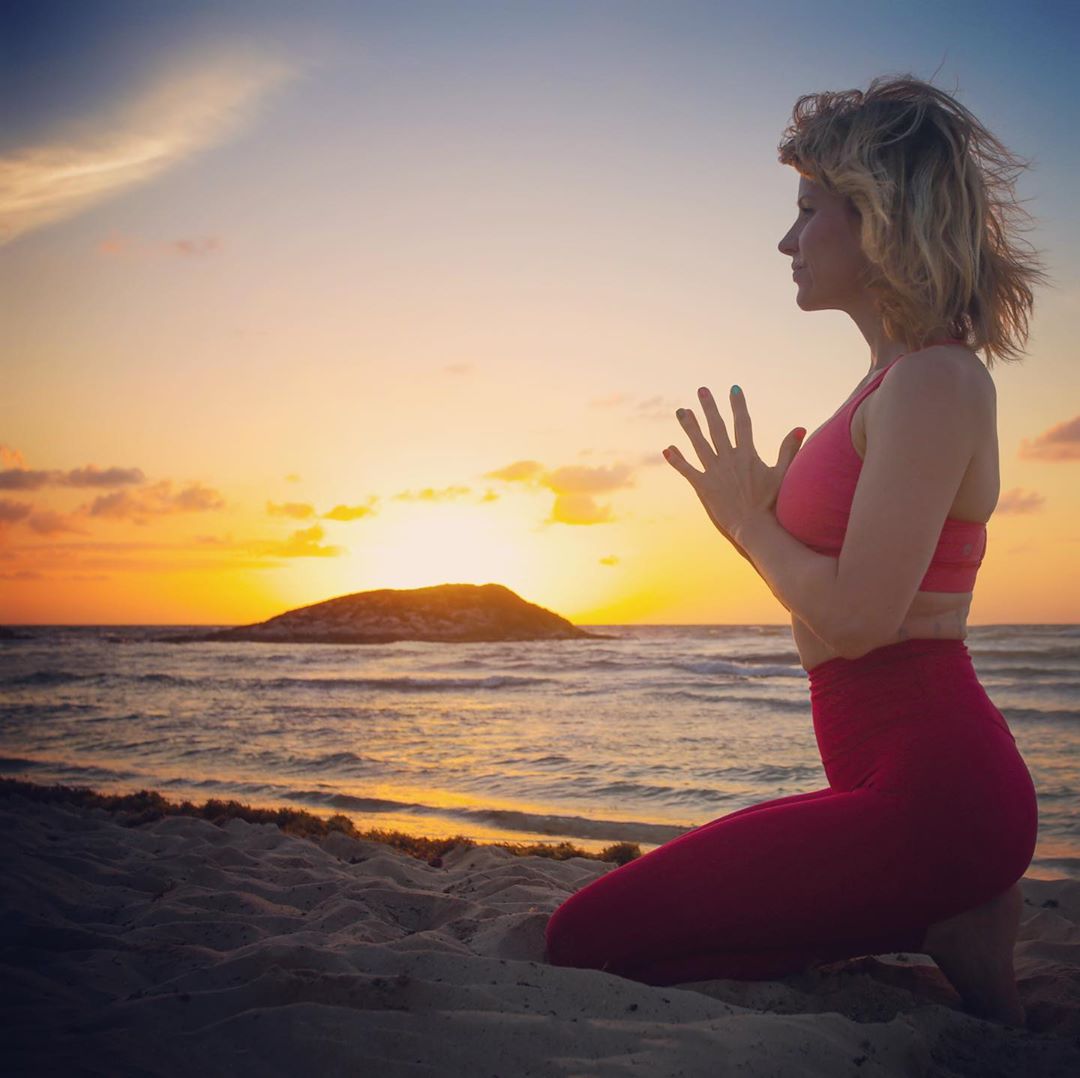
The Vajrasana maintains unity, and harmony in body and mind-brain. It also enhances digestion. Therefore, it is recommended to sit in the awakening position for approximately 5-10 minutes after the meal. Let’s see how to practice
How to Practice:
- Sit on your knees on the floor or a yoga mat
- Both legs should be placed together and your both thumbs should touch each other
- Place your left hand on top of your right hand with the thumbs gently touching
- The ankles are emerging from outside
- Tilt the upper part of the body forward and then sit back on the ankles
- The torso remains straightforward
- Keep hands on the thighs.
Sukhasana or Easy Pose:
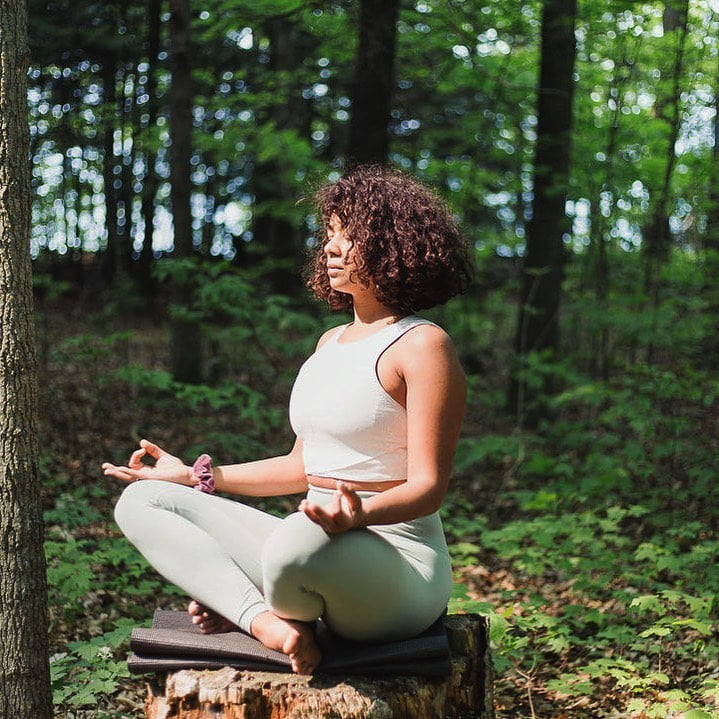
This sitting posture is recommended for those people who have difficulty sitting in Siddhasana, Vajrasana, or Padmasana for a long time.
How to Practice:
- To practice meditation, straighten your legs and sit down
- Bend the two legs and place the right foot on the floor in front of the left thigh and the left foot on the front or right foot shin
- If it is more convenient, then keep feet on the other hand in such a different position
- In case there is difficulty in keeping the body straight, then in a convenient position, sit on a cushion, resting cushion at an appropriate height.
Things To Keep in Mind:
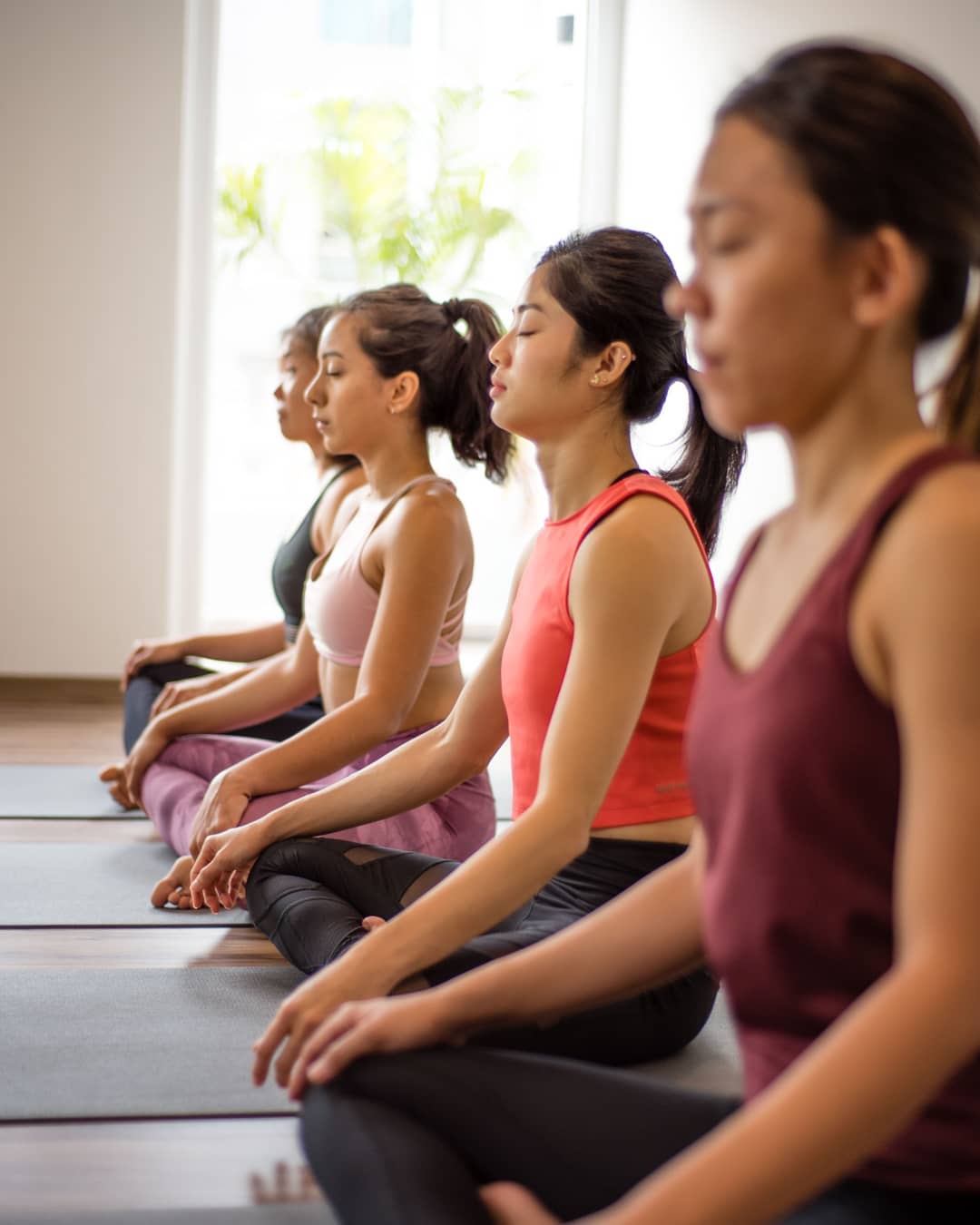
It is important to make sure that even though there are all the suitable sitting conditions for meditation and pranayama.
- The upper part of the body is straight and taut.
- The Head, neck, and back are in a straight line.
- There should be no tension in the shoulders and stomach muscles.
- Keep your arms extended alongside the body and place them on your knees bent
- Keep your eyes closed
- While practicing meditation by lying down, keep a pillow underneath your hip for a comfortable position
- The body should remain steady during the exercise
- For any guided meditation, you need to stay alert and keep your feet shoulder-width apart
- Maintain the natural arch of the body while you sit on your hip[ muscles
- Keep both hands resting on the bent knees
- Whether it is full lotus position, quarter lotus position, half lotus position, upright position, or any other medication pose, keep yourself comfortable throughout the practice
- If you try practicing lying down meditation posture, then make sure to bend the knees to place your feet flat on the ground
Advantages Of Appropriate Meditation Position:
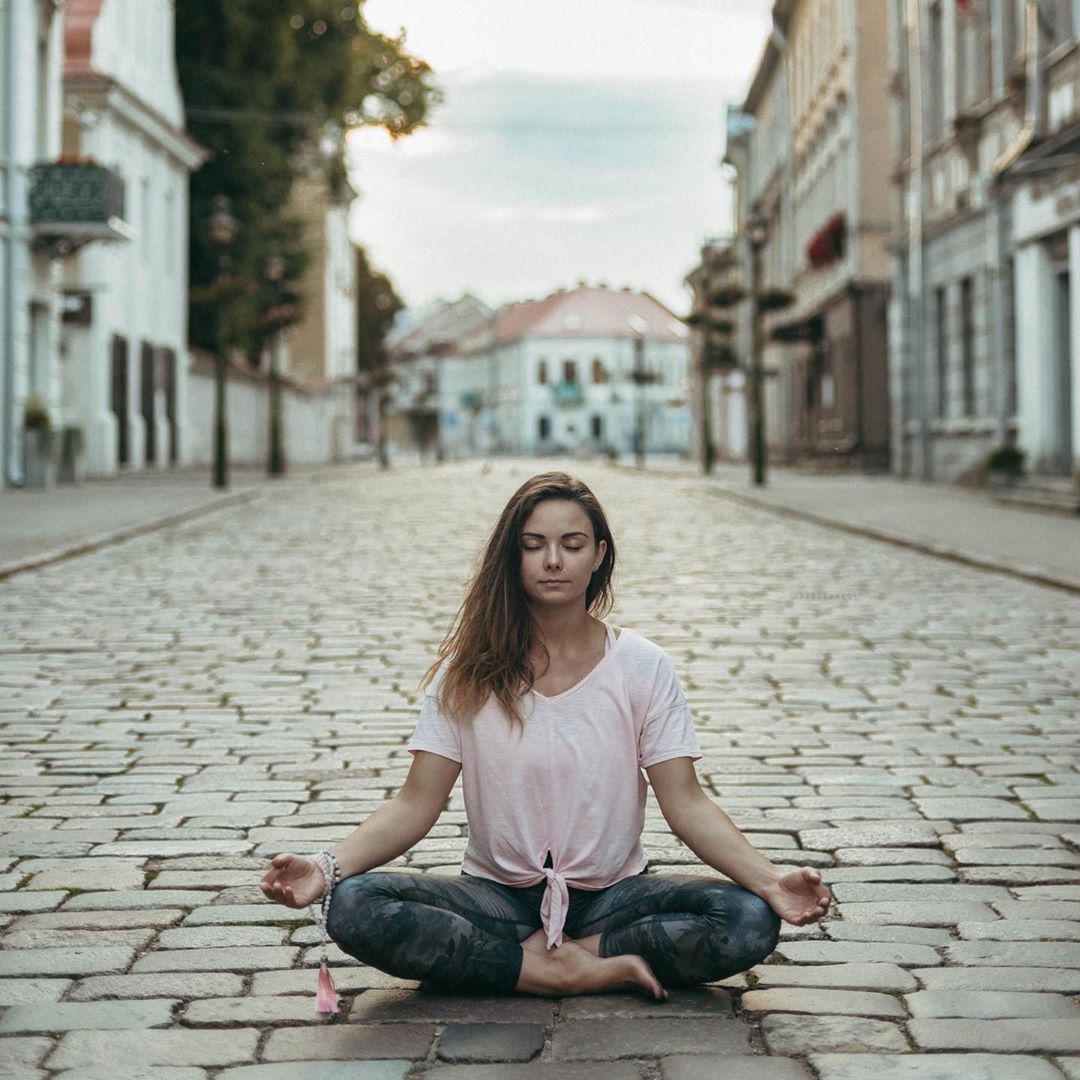
It keeps stability in meditation and the circulation of energy is also being done by the formation of hands. Due to sitting in this mudra, gradually the heaviness of the body ends.
This posture is best for changing the energy or oz. in an indefinable way, especially the energy you have produced from the food you eat. It is important to observe the energy only if there is a speed in meditation.
BOTTOM LINE:
Arranging the body properly is the first step in helping meditation practice, whether you are seeking refinement or an easy boost to mental health.
Depending on your experience, there is agreement that putting the body in a straight-spine, cross-legged posture supports your mental clarity.
Moreover, this strong association between the mind and body has now even been validated and backed by science.
Truly speaking, most of us now live in civilizations where we generally sit in a chair all the time. So in case, you find seated meditation positions like sitting cross-legged painful, sitting meditation in a chair can be beneficial if you get the meditation posture right.
It is also significant to mention that the Buddha highlighted four different meditation positions – sitting meditation, standing meditation, walking meditation, and lying down meditation retreat.
So, there is not one but many postures for meditation. Thus, if sitting cross-legged bothers you, you can try another good posture or try chair meditation if you want to try the sitting positions.
Moreover, if you have knee pain then you can use a meditation stool as your feet resting tool. And remember that you should not put too much pressure on your body and keep your mental balance all the time.
Meditation practice is for all, irrespective of health or flexibility. The concept is not to physically push ourselves to fit a few ideals of correct posture but to design our meditation training in such a way that fits each of us individually.
And, similar to all things in Buddhist meditation and Burmese Position, treat finding the best meditation position as experimentation in which you find what’s true for yourself.
Always use yoga props to make sure your safety and a comfortable posture. Your safety should be considered first and over everything else in this world.
The main purpose is to discover a stable & comfortable position, and not to follow the traditional meditation pose.
Don’t compromise your physical well-being for the sake of training your mental well-being. That logic won’t get you very far.
FAQ:

Q. What position should you meditate in?
A. Generally people consider the lotus position to be one of the best meditation poses. But your best meditation posture can be a simple sitting meditation position or a sitting cross-legged on a meditation bench.
A meditation pose should be a comfortable position. Thus, whether you try standing meditation postures or legs crossed positions, make sure you are comfortable.
Q. Can we meditate in any position?
A. of course, you can practice meditation in any position. However, seated meditation positions are considered to be the most convenient and good meditation postures.
If you are going to try the Lying Down Meditation posture, there is a high chance to fall asleep. And since meditation lying can cause you to fall asleep, it’s not convenient.
And for falling asleep, you won’t be able to continue the
On the other hand, if you want to try walking meditation, then a standing position is what you can try.
Q. How should a meditation sit for beginners?
A. Generally, people sit in Padmasana or Lotus Pose to practice meditation. But if you are a beginner then you can sit in any position that you are comfortable with.
This can be a half lotus posture, or quarter lotus pose, or you can even meditate lying down flat on the floor.
However, if you are a beginner and trying sitting meditation poses, then please use a meditation cushion for extra comfort. The cushion will support your sitting bones.
Q. What is the best meditation position?
A. There are a few best meditation positions: Padmasana, Ardha Padmasana, Siddhasana, Vajrasana, and Sukhasana. You can also try some other positions if you are not comfortable in any of these poses.
Q. What should I focus on during meditation?
A. There are several things that you should focus on during meditation. You need to focus on your position, background music, surrounding, and the weather.
Moreover, you should focus on your breath and your comfort. This will make you more capable of practicing meditation poses successfully. Always keep in mind if you are not comfortable during your meditation, then you won’t get successful.
Q. What should be the hand position while meditating?
A. While you meditate with a good meditation posture, pay attention to the position of your hands.
Certain traditions say symbolic hand positioning, known as mudras is a good meditation posture. However, the truth is that any hand position is great as long as the position allows you to keep a balance where you do not feel your body weight pulled backward or forward, it is fine.

